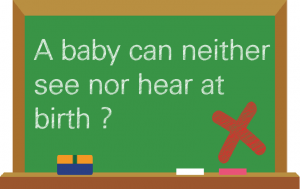
False. Babies can see and hear from birth. When you look in your child’s eyes and smile in response to her smiles, she learns to communicate and respond to you. Many babies actually remember songs they heard repeatedly while still in the womb, so you should begin talking (and singing!) to your child right away – even before birth.
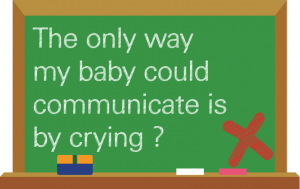
False. Babies express themselves in many ways. From laughing and smiling to show enjoyment, to crying and wiggling to show discomfort. Paying attention to what your baby is trying to communicate helps you be sensitive to his needs and respond appropriately.
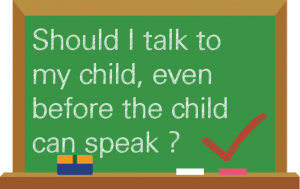
True. Babies enjoy making new sounds such as squeals and laughs. They respond to your voice with more sounds and copy the sounds they hear. They learn how to communicate with you even before they can say words.
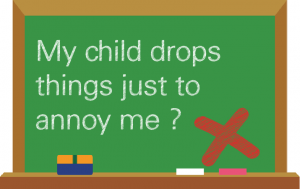
False. Children are like little scientists. From the very first months, they want to find out how they can affect people and things around them. Stacking things up, dropping them or banging them together all help children learn about the world around them.
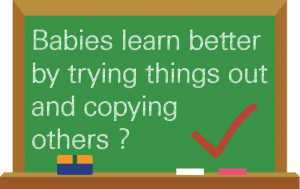
True. Children learn by playing and trying things out, and by observing and copying what others do. For example, if you want your child to try a different food, you need to demonstrate by eating the food yourself.
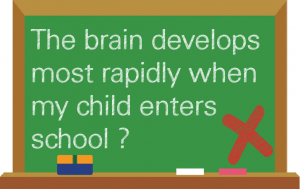
False. The brain develops most rapidly before birth and during the first two years of life. During this time, up to 75% of each meal goes to building your baby’s brain and 15 minutes of play can spark thousands of brain connections. So remember, with every hug and kiss, with every nutritious meal and game you play with them, you’re helping to build your baby’s brain!




